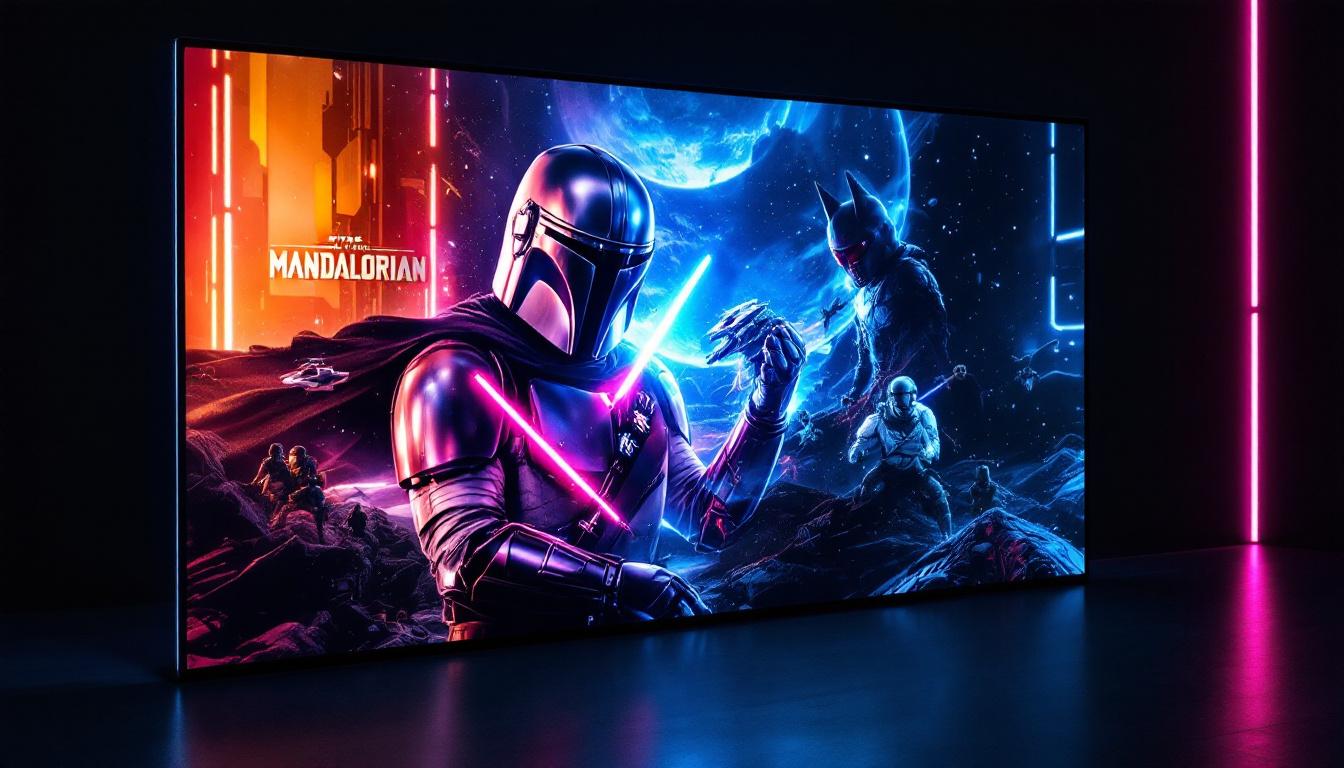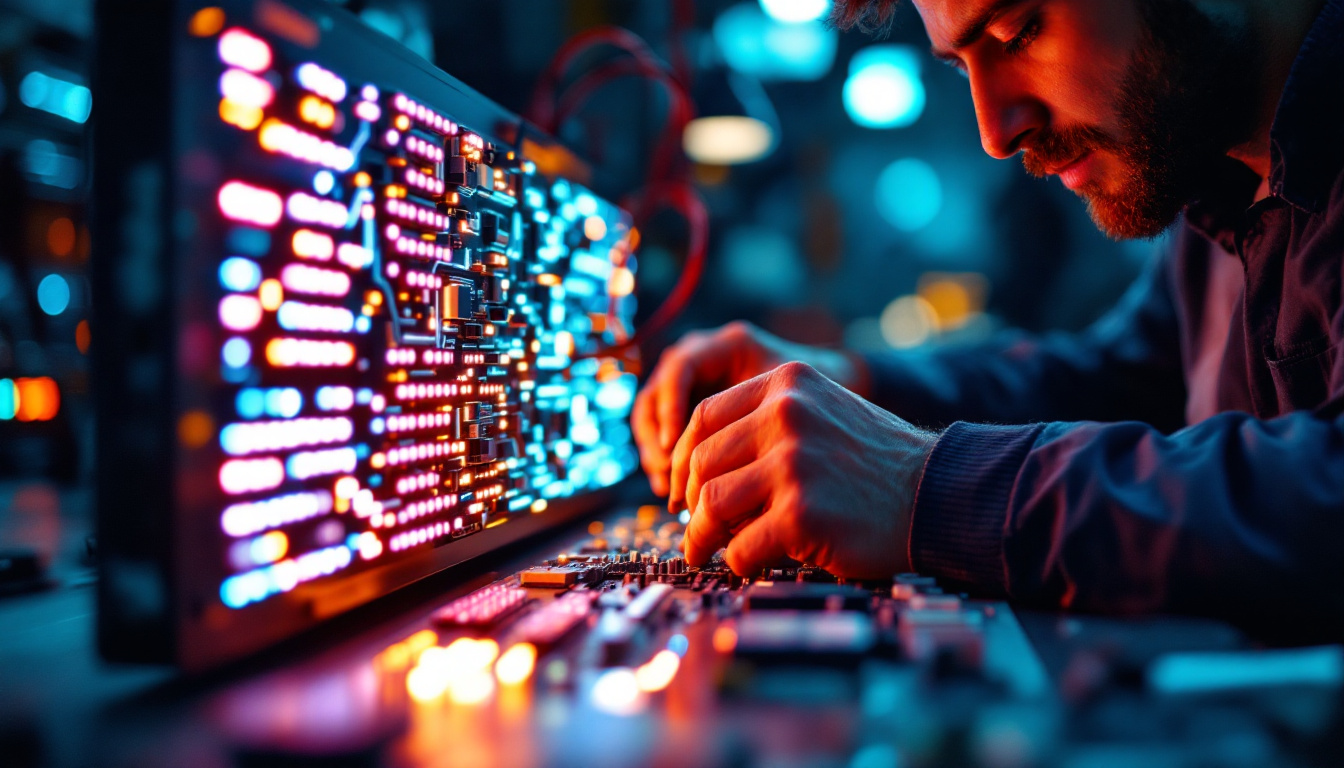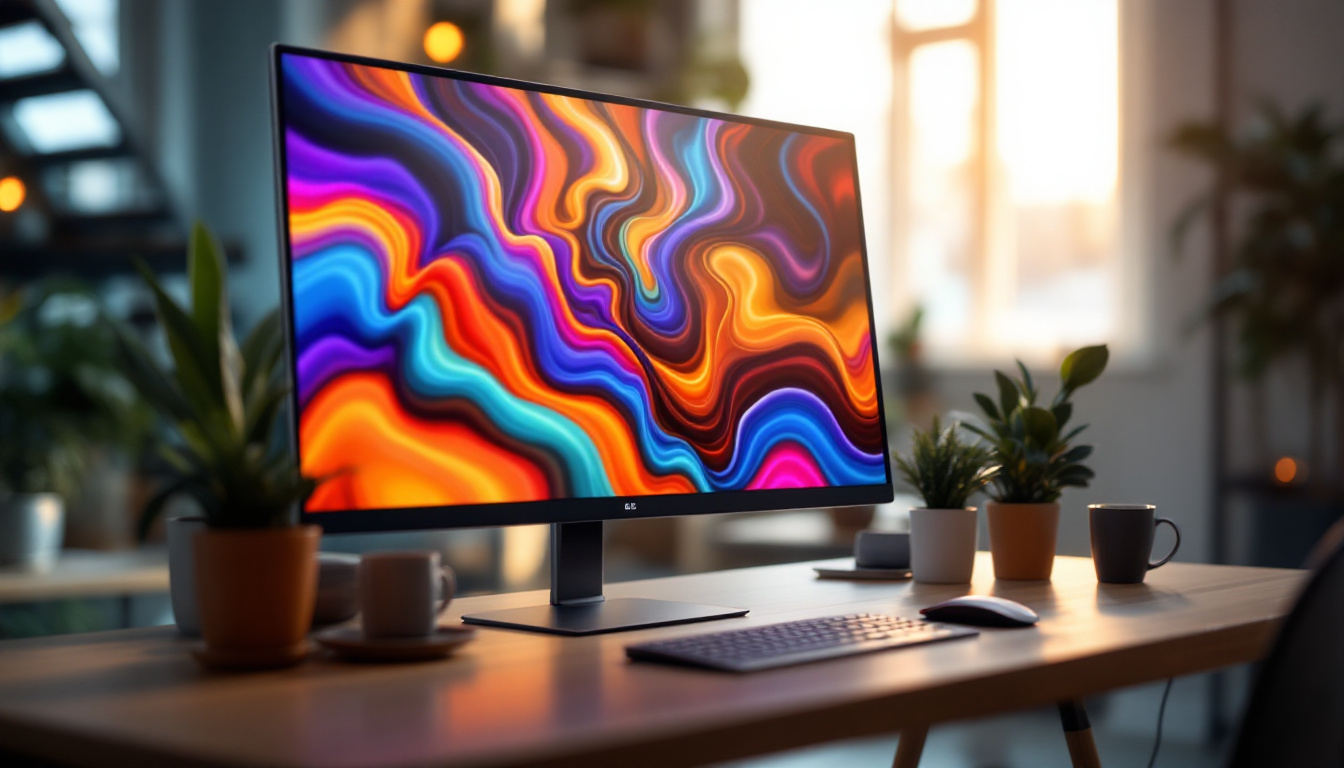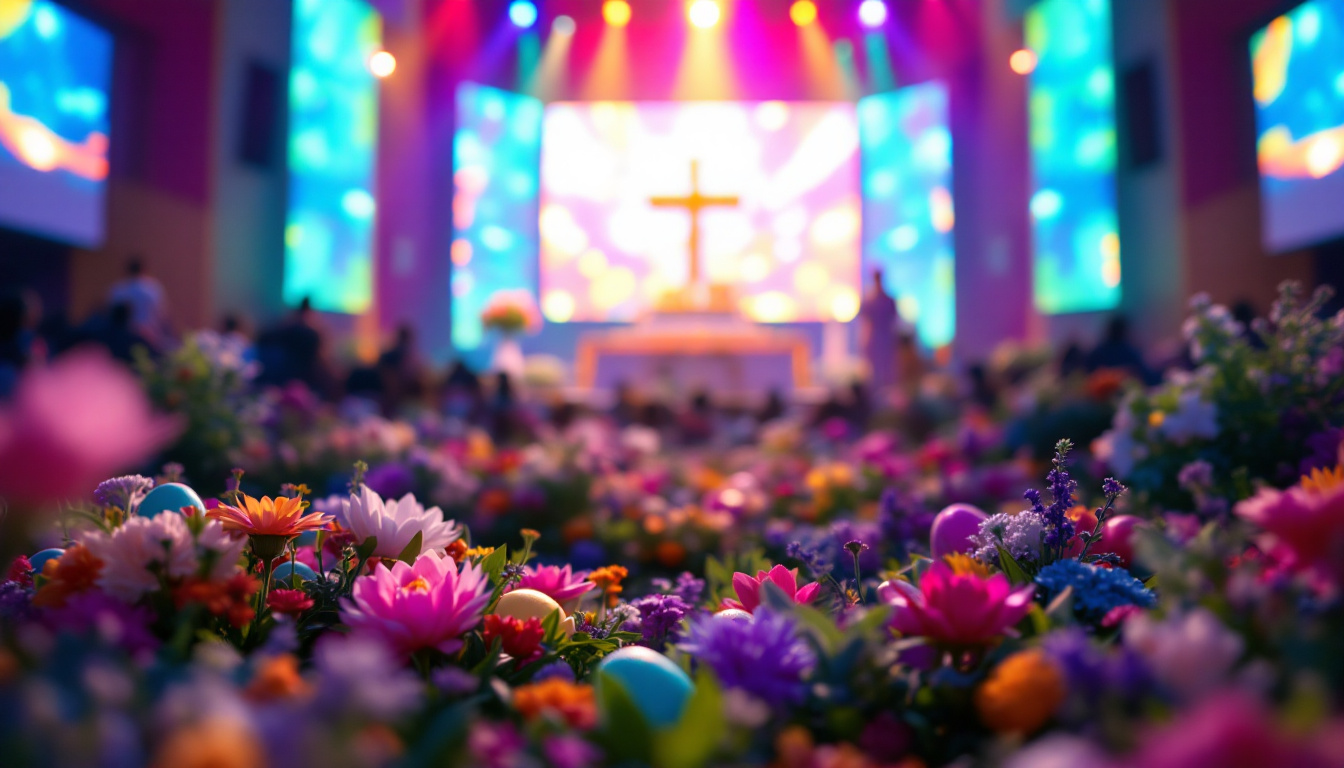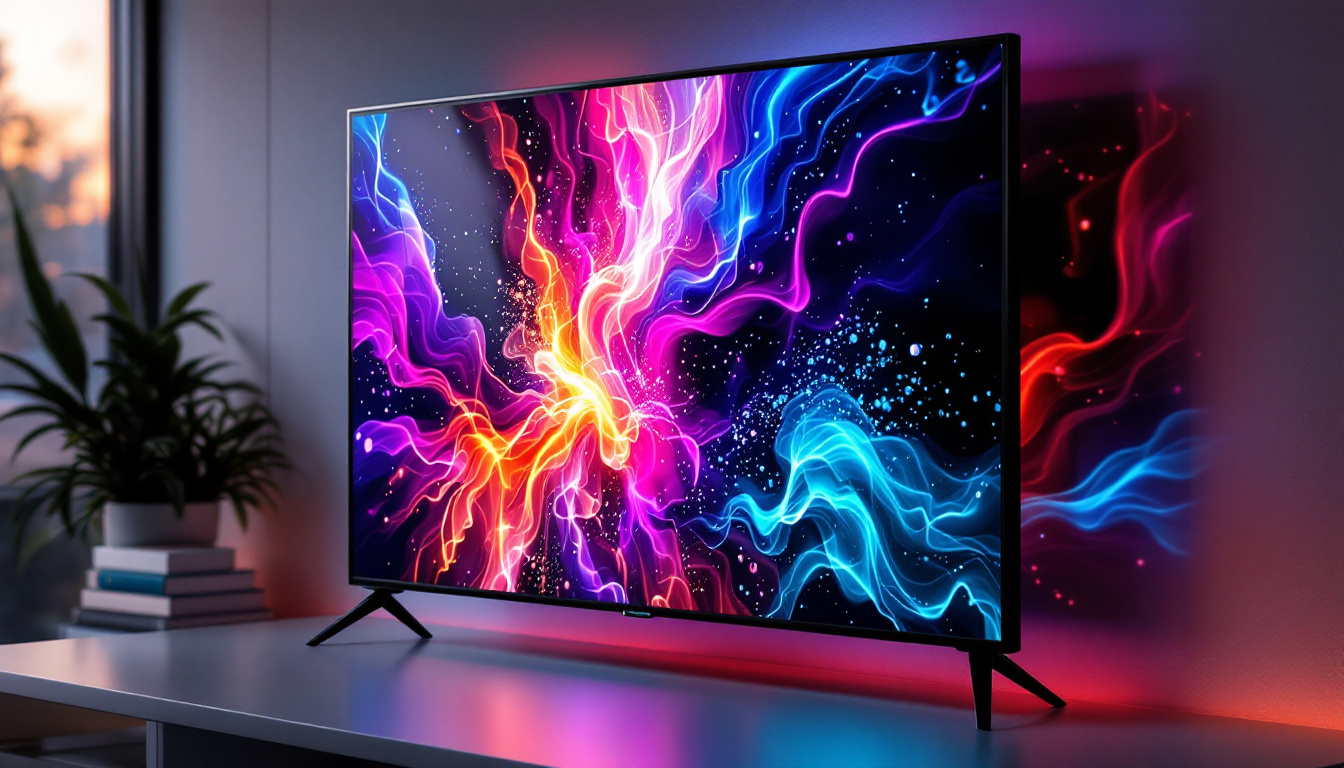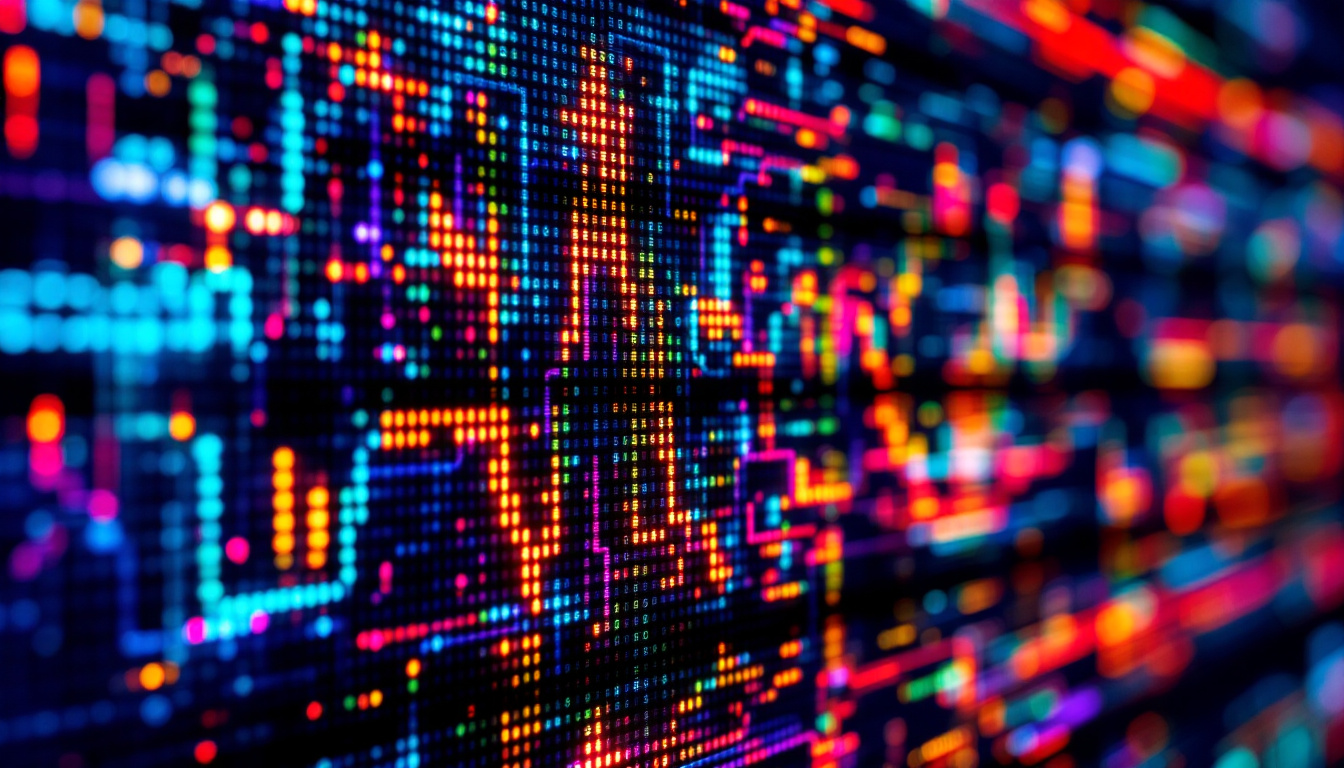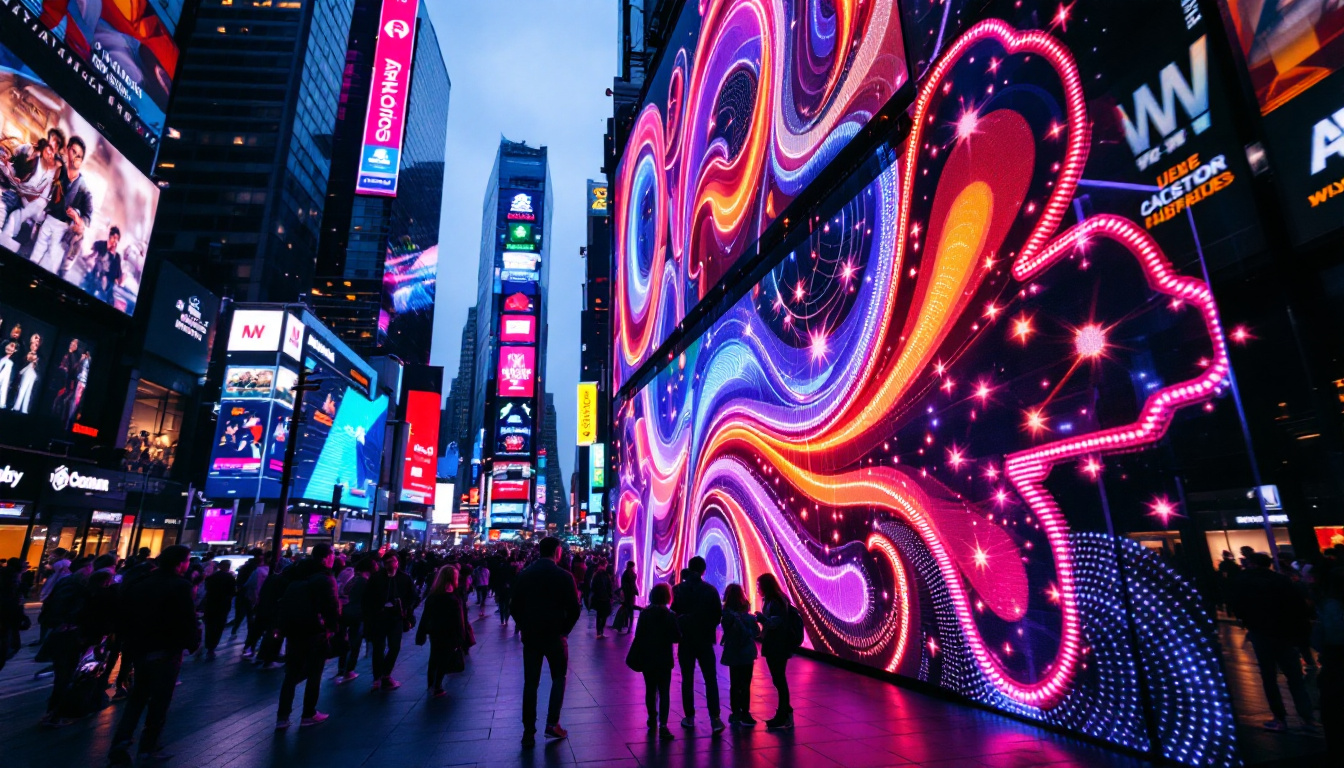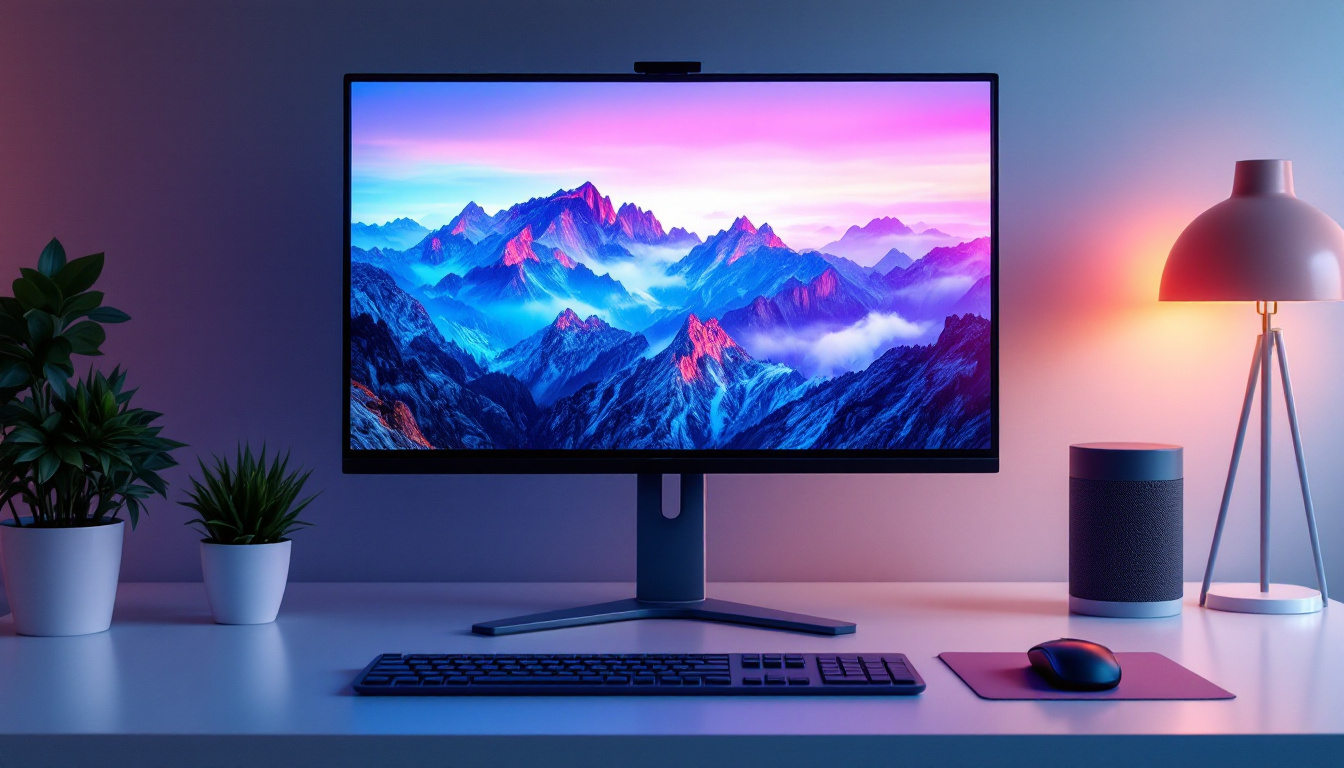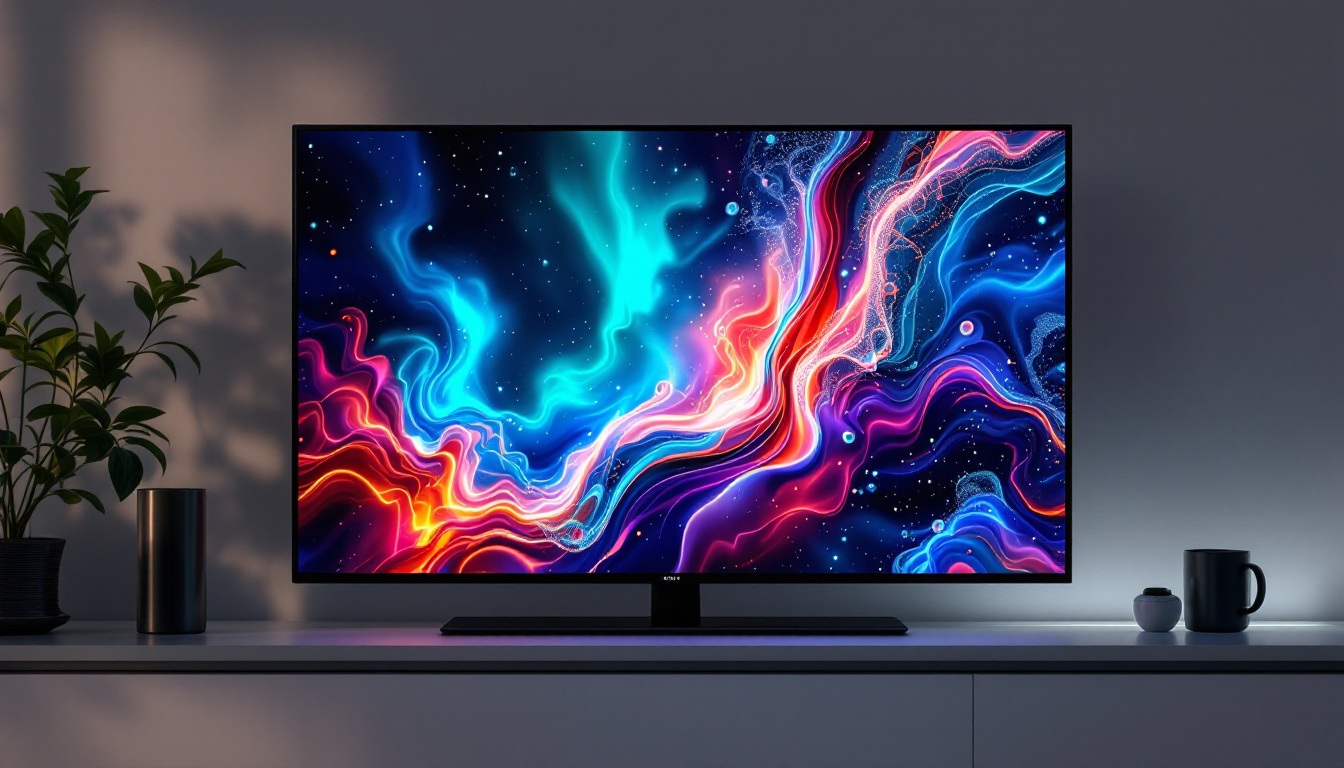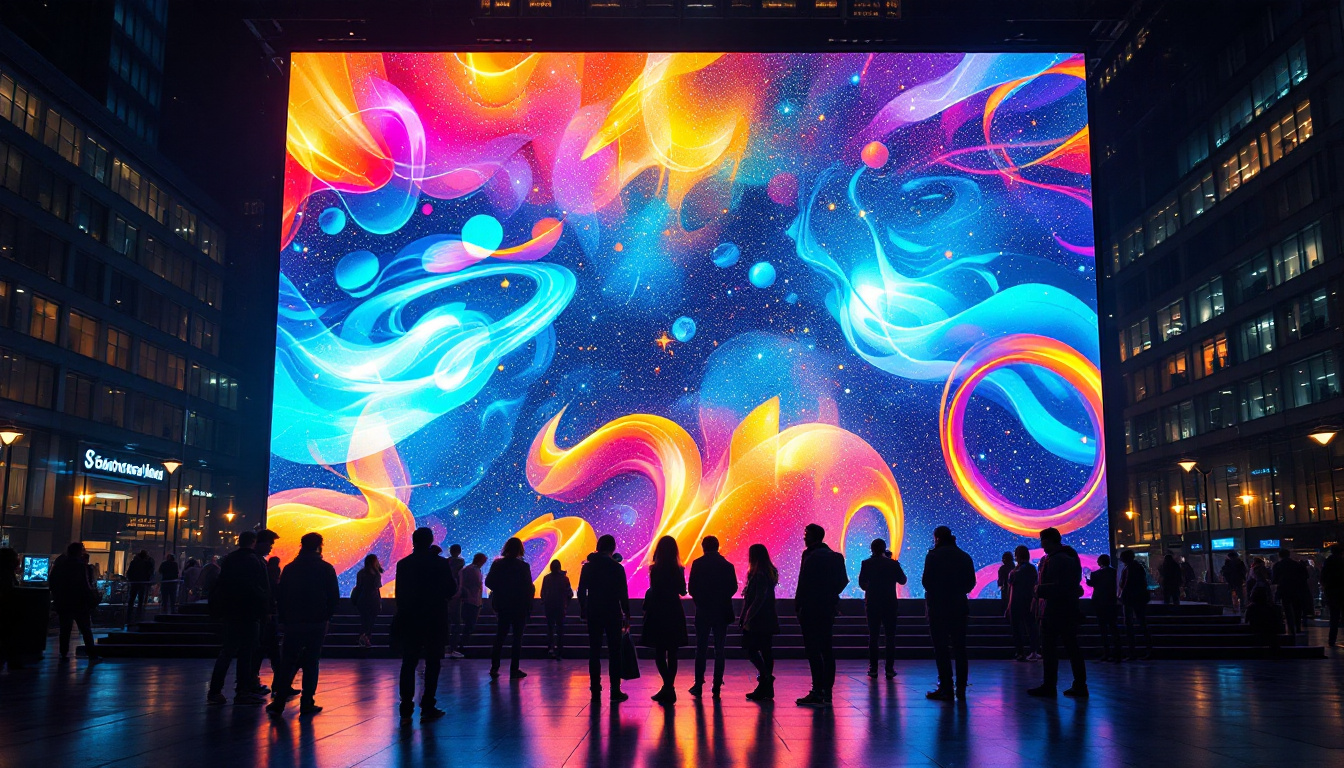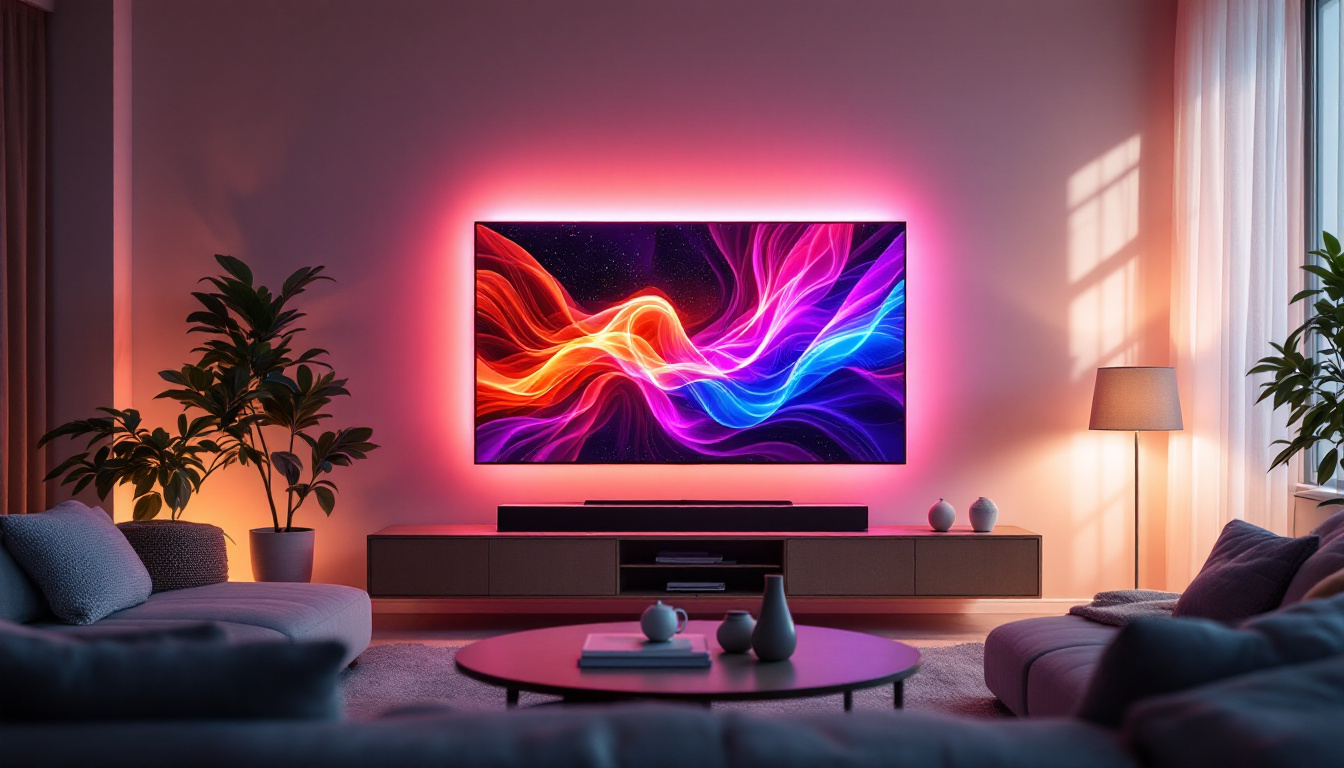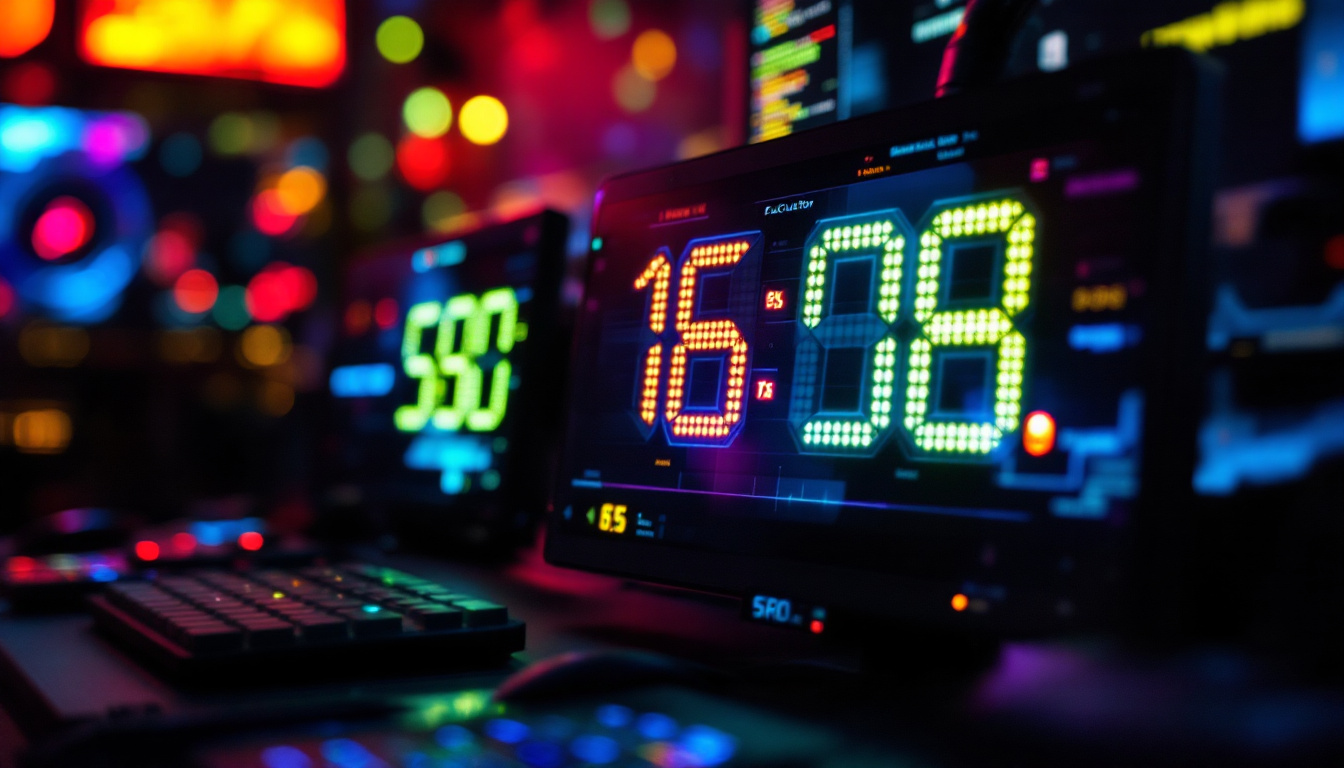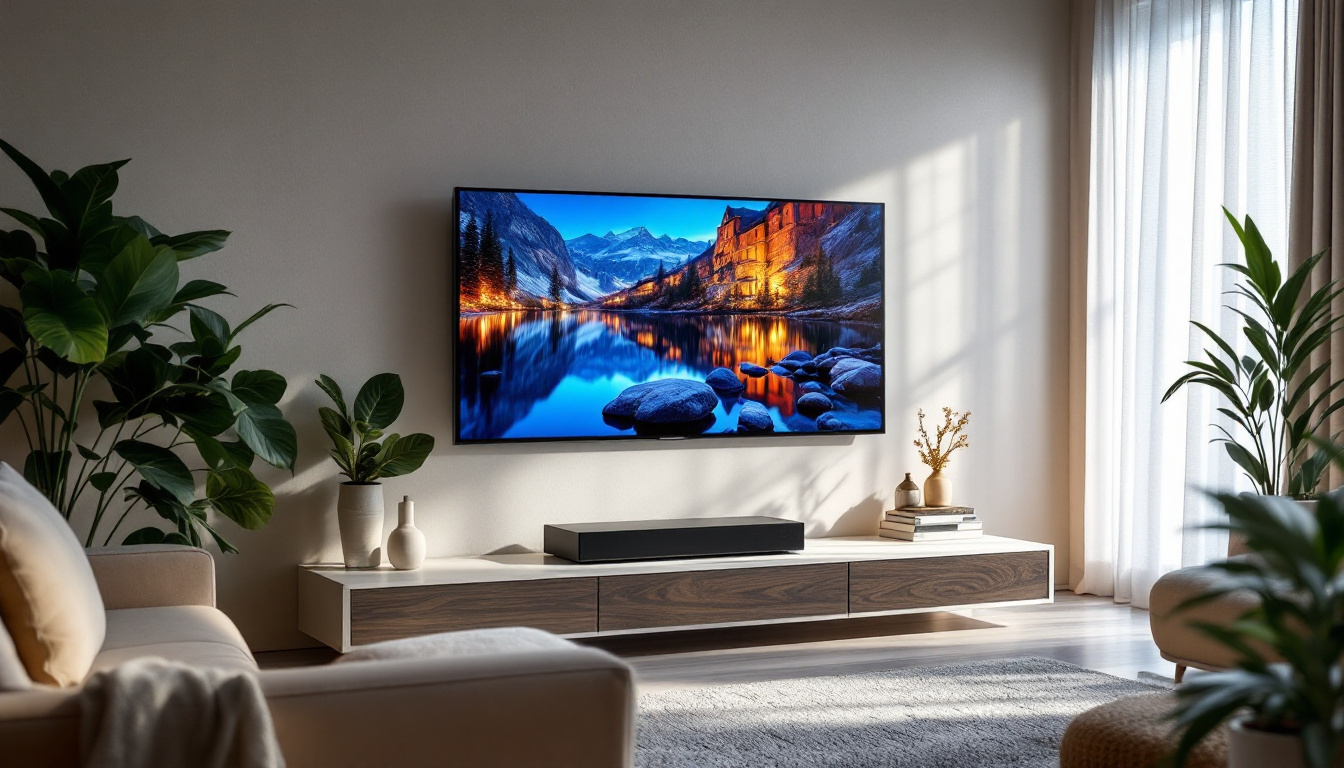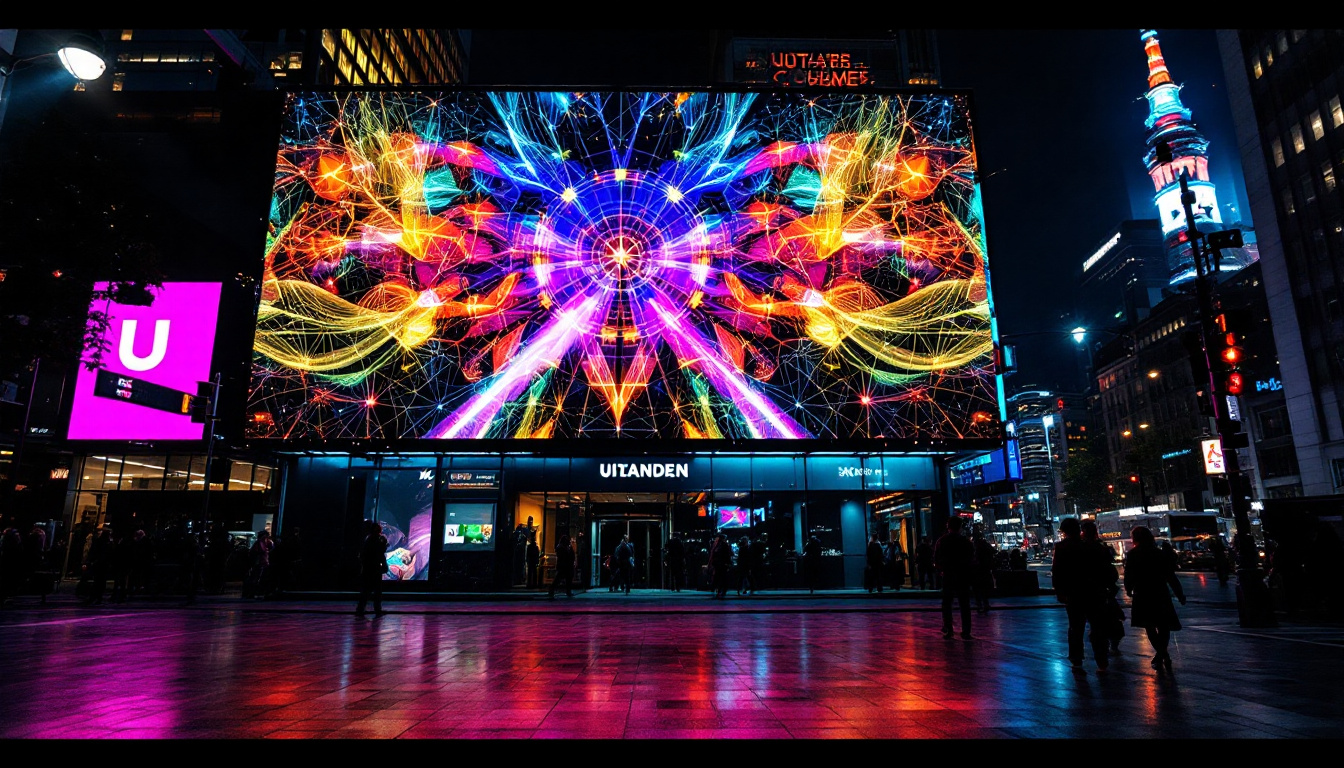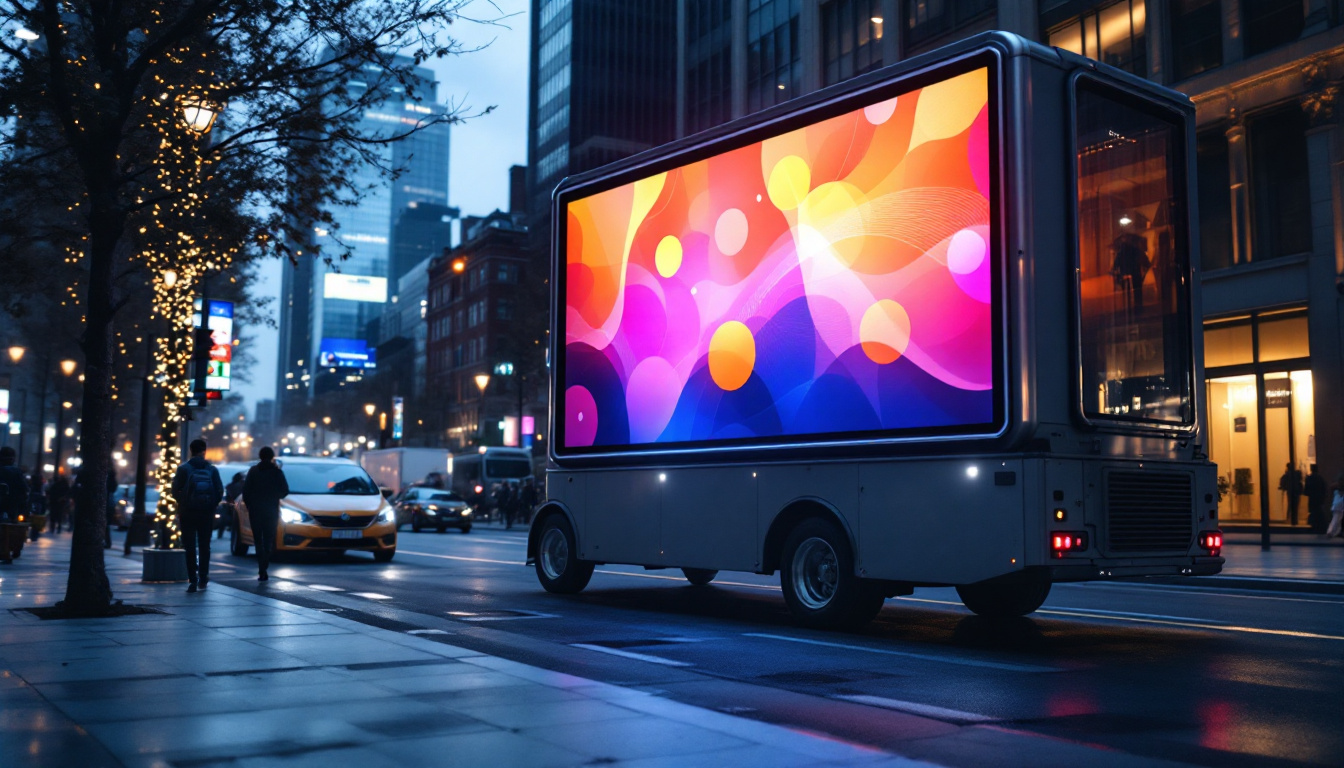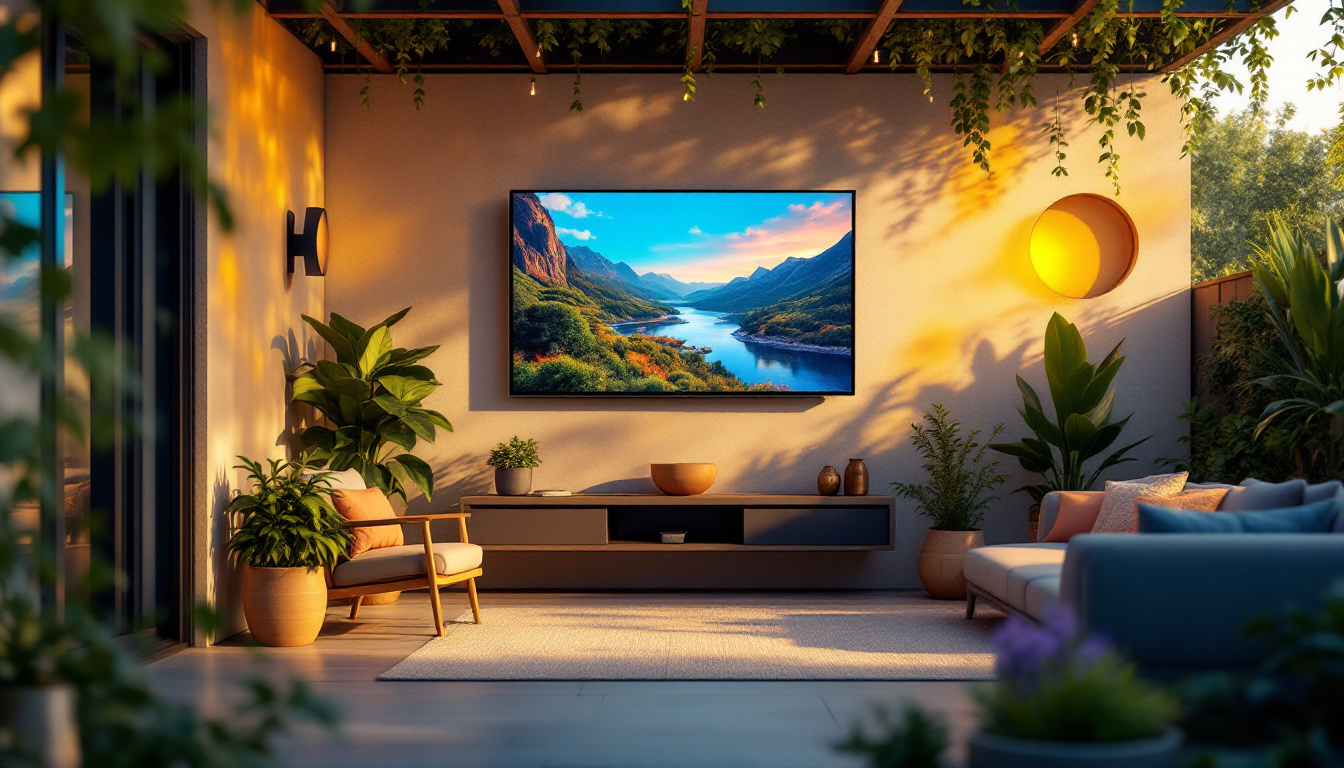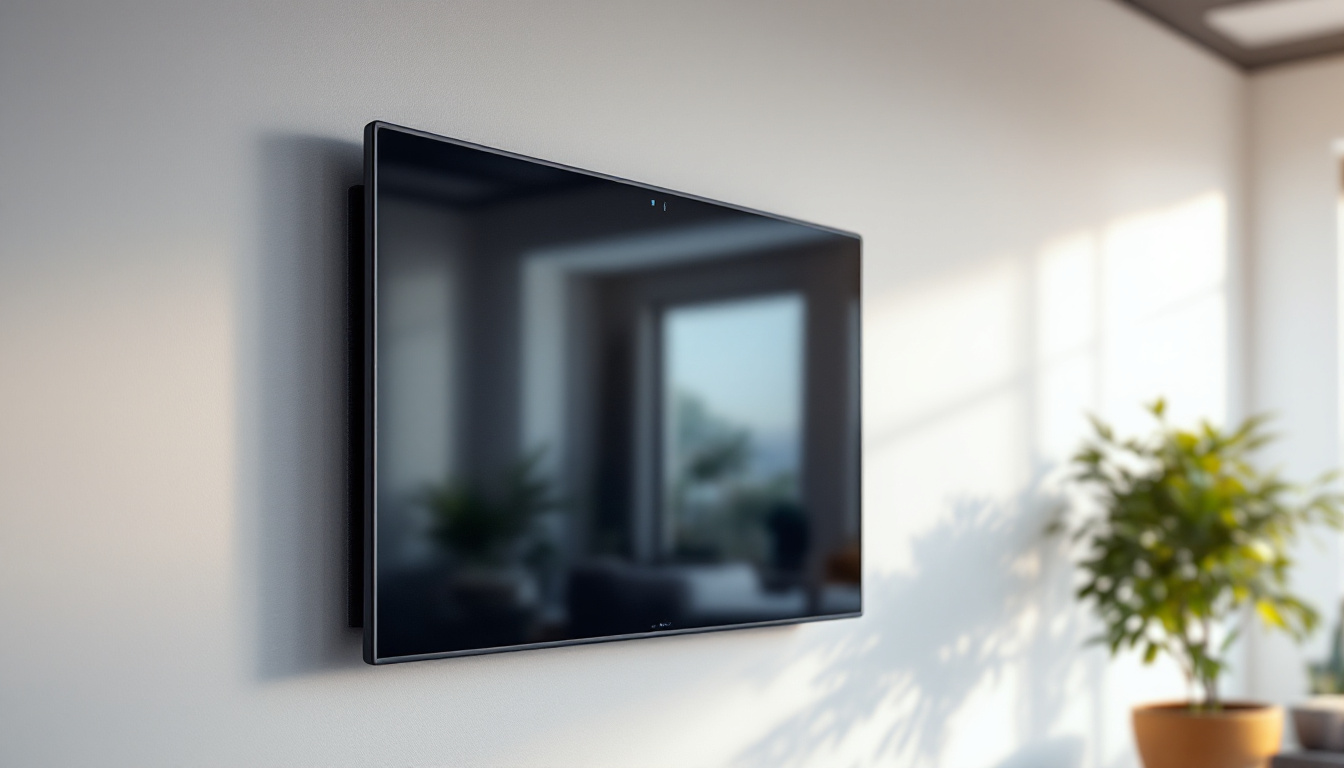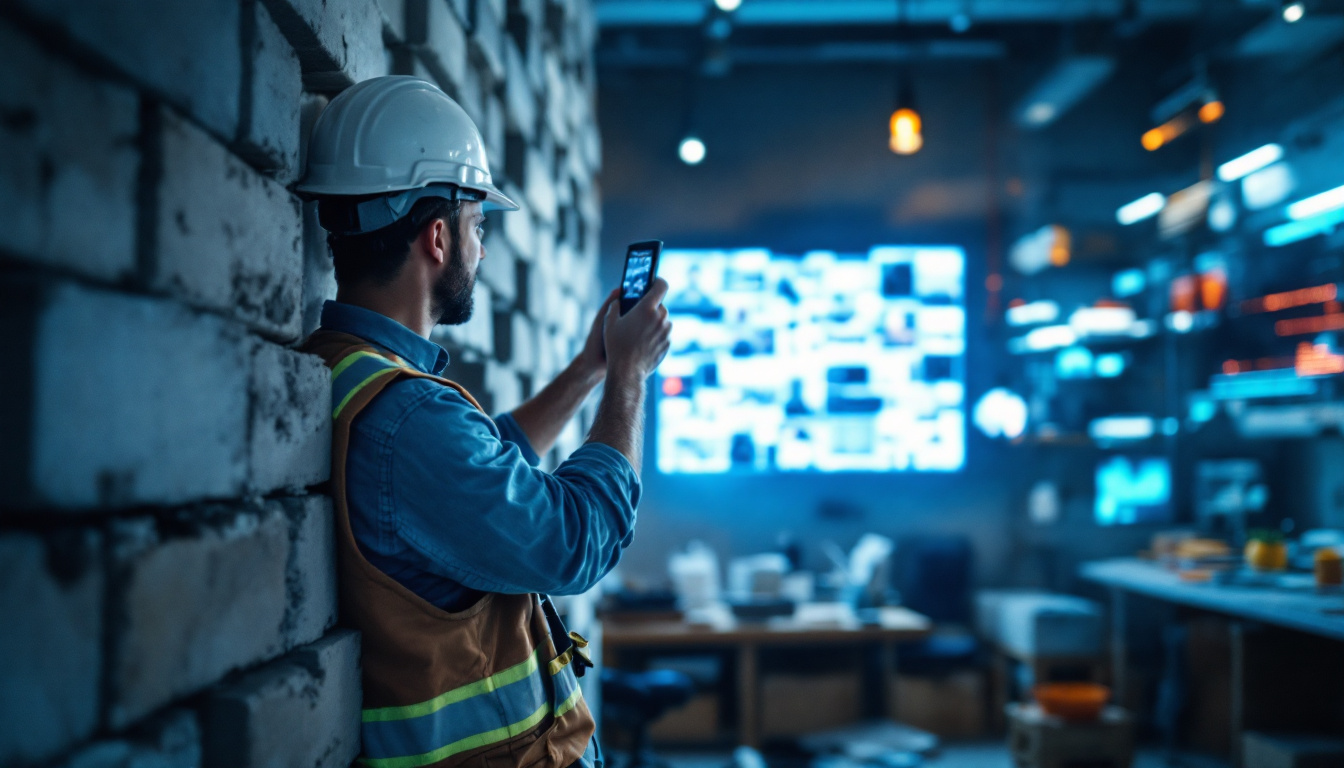Since its debut, The Mandalorian has revolutionized the way television shows and films are produced, largely due to its innovative use of LED display technology within a virtual production environment known as “The Volume.” This cutting-edge approach has transformed traditional green screen techniques, offering filmmakers unprecedented control over visual effects, lighting, and immersive storytelling. This article delves into the technology behind The Volume, focusing on the LED displays that make this groundbreaking production method possible.
Understanding The Volume: A New Era in Virtual Production
The Volume is a state-of-the-art virtual production stage developed by Industrial Light & Magic (ILM) and Lucasfilm to create the immersive environments seen in The Mandalorian. Unlike traditional green screens, The Volume uses massive LED walls and ceilings to display real-time rendered backgrounds, allowing actors and crew to see and interact with the environment as scenes unfold.
This technology combines game engine software, primarily Unreal Engine, with high-resolution LED panels to create photorealistic backdrops that respond dynamically to camera movements. This means that as the camera moves, the perspective of the background shifts accordingly, maintaining realistic parallax and depth cues.
Why LED Displays Are Central to The Volume
LED displays are at the heart of The Volume’s functionality. These displays replace the static green screen with vibrant, dynamic imagery that provides natural lighting and reflections on actors and set pieces. This integration enhances realism and reduces post-production work, as many visual effects are captured in-camera.
Key advantages of using LED displays include:
- Real-time rendering: The background environment updates instantly based on camera position and movement.
- Accurate lighting: LED panels emit light that matches the displayed scene, casting realistic shadows and reflections.
- Enhanced actor performance: Actors can see and react to the environment, improving immersion and authenticity.
Moreover, the use of The Volume has revolutionized the way filmmakers approach storytelling. By allowing directors to visualize scenes in real-time, they can make immediate adjustments to the lighting, camera angles, and even the background elements, fostering a more collaborative environment on set. This flexibility not only saves time but also encourages creative experimentation, enabling filmmakers to push the boundaries of their narratives in ways that were previously unimaginable.
The implications of this technology extend beyond just the realm of science fiction and fantasy genres. As more productions adopt The Volume, we can expect to see a broader range of storytelling styles and visual aesthetics. From period dramas to contemporary thrillers, the ability to create immersive environments on demand opens up new possibilities for filmmakers, allowing them to transport audiences to any time or place with unprecedented ease and authenticity.
The Technical Specifications of The Volume’s LED Displays
The LED walls used in The Volume are among the most advanced in the entertainment industry. Understanding their technical aspects reveals why they are so effective for virtual production.
Resolution and Pixel Pitch
The LED panels boast an exceptionally high resolution, with pixel pitches typically ranging from 1.2mm to 2.5mm. Pixel pitch refers to the distance between the centers of two adjacent pixels; smaller pitches mean higher resolution and sharper images. For The Volume, a fine pixel pitch is crucial to ensure the background imagery appears crisp and detailed, even when filmed in close proximity.
For instance, the main LED wall used in The Mandalorian measures approximately 70 feet wide and 30 feet tall, composed of thousands of LED panels seamlessly tiled together. This creates a continuous, immersive backdrop without visible seams or pixelation. The engineering behind these panels allows them to be modular, meaning they can be reconfigured or expanded based on the specific needs of a production. This flexibility is vital for filmmakers who may require different setups for various scenes, enabling them to adapt quickly without sacrificing visual quality.
Brightness and Color Accuracy
Brightness is another critical factor, as the LED walls must compete with powerful studio lighting without washing out the image. The panels typically achieve brightness levels exceeding 1,000 nits, which is significantly higher than standard television screens. This ensures the backgrounds remain vibrant and visible on camera.
Moreover, color accuracy is paramount to maintain consistency between the virtual environment and physical set elements. The LED displays are calibrated meticulously to reproduce a wide color gamut, enabling filmmakers to create lifelike skies, landscapes, and other environments with natural hues and gradients. Advanced color calibration tools and techniques are employed to ensure that the colors displayed match the intended artistic vision, allowing for seamless integration of CGI elements with practical effects. This level of precision helps to enhance the storytelling by immersing the audience in a visually cohesive world.
Refresh Rate and Latency
To synchronize with camera movements and prevent flickering or motion artifacts, the LED displays operate at high refresh rates, often above 120 Hz. This ensures smooth transitions and stable imagery during fast camera pans or actor movements.
Low latency is equally important; the time delay between rendering the virtual background and displaying it on the LED panels must be minimal to maintain the illusion of a real environment. Advances in graphics processing and data transmission have reduced latency to just a few milliseconds, enabling seamless real-time interaction. This capability allows directors and cinematographers to make instantaneous adjustments to the virtual environment based on the actors’ performances, creating a dynamic and responsive filming experience. Such technological advancements not only enhance the visual quality but also streamline the production process, reducing the need for extensive post-production work and allowing for more creative freedom on set.
How The Volume’s LED Display Enhances Filmmaking
The integration of LED displays within The Volume offers numerous benefits that have reshaped production workflows and creative possibilities.
In-Camera Visual Effects
One of the most significant advantages is the ability to capture visual effects directly in-camera. Traditional green screen productions require extensive post-production compositing, which can be time-consuming and costly. With LED walls displaying the environment live, many effects are baked into the footage from the start.
This approach reduces the need for additional VFX work, accelerates the production timeline, and allows directors and cinematographers to see the final look of scenes during filming. It also improves lighting consistency, as the LED panels provide natural illumination that matches the background, avoiding the common green spill issues associated with chroma keying.
Improved Actor Engagement and Performance
Actors benefit greatly from performing within a visible environment rather than an abstract green screen. Seeing the virtual world around them helps with spatial awareness and emotional connection to the scene, leading to more authentic performances.
For example, in The Mandalorian, actors interact with alien landscapes, starships, and dynamic skies rendered on the LED walls, which enhances their immersion and reduces the need for imagination or guesswork.
Creative Flexibility and On-the-Fly Adjustments
The Volume allows directors and visual effects supervisors to make real-time changes to the environment during shooting. Adjusting lighting, weather conditions, or background elements can be done instantly via the game engine interface, providing unparalleled creative flexibility.
This capability is especially valuable for reshoots or last-minute creative decisions, as it eliminates the need to reshoot scenes against green screens or wait for post-production fixes.
Challenges and Limitations of LED Display Technology in The Volume
While the LED display technology used in The Volume is revolutionary, it is not without challenges.
Cost and Infrastructure Requirements
Building and maintaining a virtual production stage with high-resolution LED walls is a significant financial investment. The panels, control systems, and computing hardware required to render real-time environments demand substantial capital and technical expertise.
Additionally, the physical space needed for The Volume is considerable, requiring large sound stages with controlled lighting environments to maximize the LED displays’ effectiveness.
Technical Complexity and Calibration
Ensuring seamless integration between LED panels, camera tracking systems, and rendering engines requires precise calibration and synchronization. Any misalignment or latency can break the illusion of reality, making the technology sensitive to technical issues.
Moreover, the LED displays must be regularly maintained to prevent dead pixels or color inconsistencies, which can detract from the visual quality.
Limitations in Dynamic Range and Contrast
Despite advancements, LED panels still face limitations in replicating the full dynamic range and contrast of natural environments. For example, capturing scenes with extreme brightness differences, such as direct sunlight and deep shadows simultaneously, can be challenging.
Filmmakers often need to balance LED display brightness with traditional lighting techniques to achieve the desired visual effect.
The Future of LED Display Technology in Virtual Production
The success of The Volume and The Mandalorian has sparked widespread interest in LED display virtual production across the film and television industry. As technology advances, several trends are emerging.
Higher Resolution and Larger Displays
Manufacturers are developing LED panels with even finer pixel pitches, enabling ultra-high-definition backdrops that can be viewed at closer distances without loss of detail. Larger volumes with expansive LED walls and ceilings are also becoming feasible, allowing for more complex and immersive environments.
Improved Integration with Augmented Reality (AR) and Artificial Intelligence (AI)
Future virtual production stages may incorporate AR elements that interact with LED backgrounds, creating hybrid environments that blend physical and digital assets seamlessly. AI-driven rendering optimizations could further reduce latency and enhance image quality, making real-time adjustments even more sophisticated.
Accessibility and Cost Reduction
As the technology matures, costs are expected to decrease, making LED volume stages accessible to smaller studios and independent filmmakers. This democratization could lead to a surge in creative storytelling possibilities across genres and budgets.
Conclusion
The Volume’s LED display technology represents a paradigm shift in how visual effects and environments are created for film and television. By combining high-resolution LED panels with real-time rendering and camera tracking, productions like The Mandalorian have achieved unprecedented levels of realism, efficiency, and creative freedom.
While challenges remain, ongoing technological advancements promise to expand the capabilities and accessibility of LED virtual production. As this technology continues to evolve, it will undoubtedly shape the future of immersive storytelling, offering audiences richer and more captivating visual experiences.
Discover the Future of LED Display Technology with LumenMatrix
Ready to elevate your production with the same groundbreaking LED technology that brought The Mandalorian’s immersive worlds to life? LumenMatrix is at the forefront of this revolution, offering a diverse range of LED display solutions tailored to your creative needs. From Indoor and Outdoor LED Wall Displays to innovative Transparent and Custom LED Displays, our mission is to transform your visual storytelling. Experience the future of visual engagement and check out LumenMatrix LED Display Solutions today to see how we can help you make a lasting impact.

